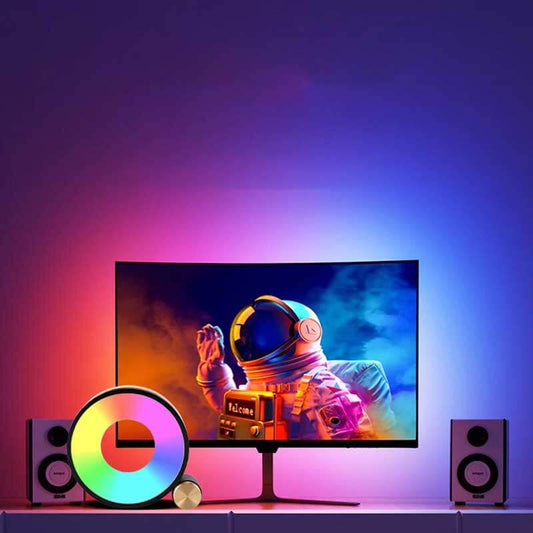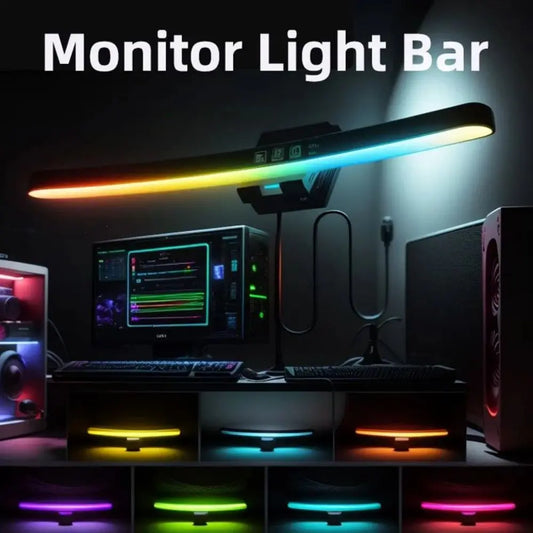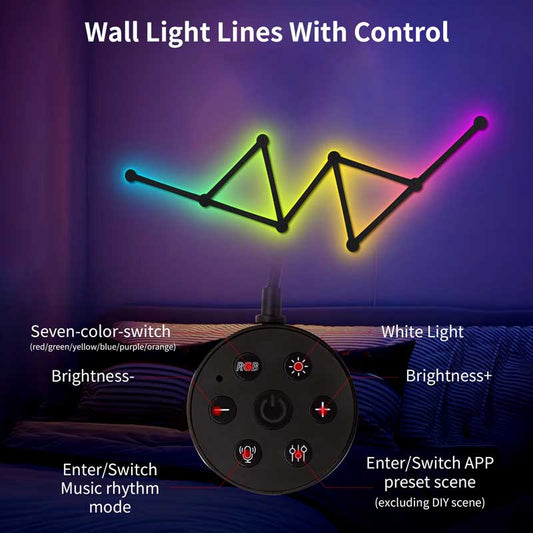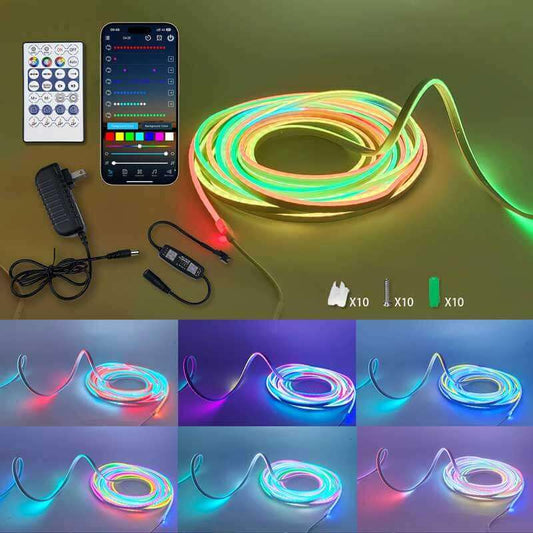How to make a homemade projector?
Share
Making a homemade projector is a fun and creative project that can be done with simple materials. You’ll need a magnifying lens, a box (such as a shoebox), and some basic tools. The quality of the projection will be basic, but it's a great way to understand how projectors work. Here's how you can make a simple DIY projector:
Materials Needed:
- Shoebox or any similar box (larger boxes work better)
- Magnifying glass (or any lens with a similar focal length)
- Smartphone (iPhone or Android)
- Tape or glue (to secure items)
- Scissors or box cutter
- Dark room for better visibility
Steps to Build Your Homemade Projector:
1. Prepare the Box:
- Find a shoebox or similar-sized box. The box needs to be large enough to fit both your phone and the lens.
- Cut a hole in one of the shorter sides of the box. The hole should be just slightly smaller than the diameter of the magnifying lens you are using.
2. Prepare the Lens:
- Take a magnifying glass or any suitable lens and secure it over the hole you just cut. The lens should fit snugly in the hole.
- Use tape or glue to secure the lens in place so that the light can pass through it and focus on the projection surface.
3. Position Your Phone:
- On the opposite side of the box (from the lens), place your smartphone facing the lens. The phone should be positioned in such a way that it displays the content you want to project.
- You might need to rotate the phone screen upside down because the lens will invert the image.
- You can prop your phone up using a small stand or DIY holder inside the box.
4. Adjust the Phone's Display:
- Open the video or image you want to project on your phone’s screen. Set the phone’s brightness to maximum for the best visibility.
- Make sure your phone is playing a high-contrast image or video so that it will be visible once projected.
5. Position the Box and Focus:
- Close the box and place it facing a wall or projection surface. It’s best to do this in a dark room, as the darkness will help enhance the projection.
- Adjust the distance between the box and the projection surface (wall). Move the box closer or farther to get the best focus for the image.
- You may need to move your phone closer or farther from the lens to adjust the focus and get the clearest image.
6. Fine-Tune the Image:
- The image might be small, blurry, or inverted. You can move the box closer to the wall to enlarge the image or try to find the ideal distance for focus.
- You might also need to change the phone's brightness for better visibility.
Additional Tips:
- Use a brighter light source: For better image quality, consider using a brighter LED flashlight inside the box.
- Tighten the lens: If the lens doesn’t fit snugly, light can leak, which can degrade the quality of the projection. Use tape to make sure the lens is well-secured.
- Try different lenses: Different magnifying glasses or lenses will give different effects. Experiment with different focal lengths for varied results.
- Adjust the phone's display settings: You might need to rotate or flip your phone screen upside down because the image will be inverted by the lens.
Conclusion:
This DIY projector will give you a simple way to project content from your phone onto a wall. The quality won’t match that of professional projectors, but it’s a great learning experience. By experimenting with different materials and settings, you can create a homemade projector that works for small-scale projections and fun applications!




